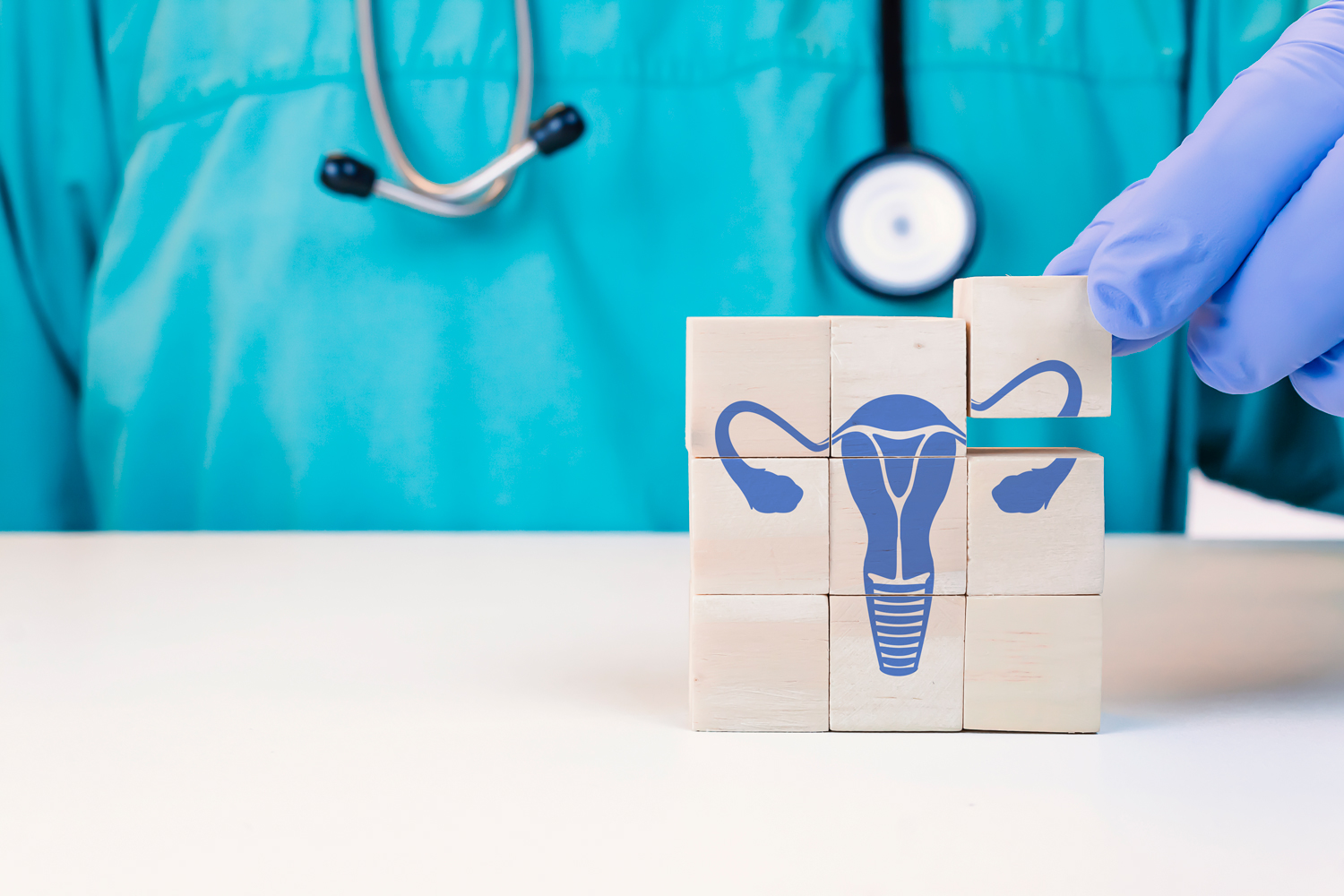Every week, the editors of Cancer Today magazine bring you the top news for cancer patients from around the internet. Stay up to date with the latest in cancer research and care by subscribing to our e-newsletter.
Removing Fallopian Tubes for Ovarian Cancer Prevention on the Rise
Women are increasingly opting to have their fallopian tubes removed as a method of reducing the risk for ovarian cancer, according to an article in STAT. For years, professional gynecologic guidelines have suggested that women who no longer wish to have children and are planning to get pelvic procedures, such as hysterectomy, to control benign conditions like endometriosis, or tubal ligation, to avoid pregnancies, have their fallopian tubes removed. This is because many cases of ovarian cancer do not start in the ovaries but in the fallopian tubes. Between 2010 and 2017, the rate of salpingectomy—the medical term for removing fallopian tubes––increased 18-fold in sterilization surgeries, often in lieu of tubal ligations, and eightfold during hysterectomies for benign conditions, according to the STAT report. Still, the procedure to remove fallopian tubes to reduce ovarian cancer risk lacked a distinct medical code, which was hindering widespread adoption of a practice that could better prevent ovarian cancer, Rebecca Stone, a gynecologic oncologist at the Johns Hopkins Kimmel Cancer Center in Baltimore, told STAT. “The most real things in medicine are the things you can bill for,” she said. “It doesn’t matter how great the discovery is. If people can’t access this cancer prevention, you’re dead in the water.” Stone’s efforts to advocate for greater awareness of the procedure to lower ovarian cancer risk has led to a new preventive procedure code that will be added to U.S. medical codes this October.
Staff Cuts at National Institutes of Health Cause Treatment Delays
Richard Schlueter, whose cancer was progressing quickly, called the National Institutes of Health (NIH) in early June to receive an experimental treatment that used his own stored immune cells to fight cancer. As part of a clinical trial at the NIH, Schleuter had previously had these immune cells called TIL, tumor-infiltrating lymphocytes, extracted from his own tumors and stored in preparation for the next time his cancer progressed. That final stage in the process was expected to take three to four weeks. But the NIH now expects it will take up to 10 weeks, according to an article in the Washington Post, that pointed to NIH staffing cuts as a cause. “There are some patients who might have to wait until September. These are all patients with metastatic cancer that is progressive. You can imagine the difficulty as we have to tell them these things,” said Steven Rosenberg, an immunotherapy expert at NIH. Schlueter, who was diagnosed with head and neck squamous cell carcinoma in 2024, had TILs extracted in January 2025, during a surgery at the NIH. Now with his cancer rapidly growing, Schlueter is faced with few choices and the possibility that he may not be healthy enough to receive the treatment when it is finally ready, the Washington Post reports
If Nodes Are Clean of Cancer, People With Breast Cancer May Not Need Radiation
Breast cancer patients who have no signs of cancer in the lymph nodes after chemotherapy treatment may be able to safely skip radiation treatment, according to a study in the New England Journal of Medicine. Radiation to the lymph nodes is often recommended when breast cancer cells are found in nearby lymph nodes at diagnosis. But neoadjuvant chemotherapy—giving chemotherapy before surgery to remove the cancer—can sometimes eliminate signs of cancer in the removed lymph nodes, according to a report in Medscape Medical News. In a group of 1,641 patients with initially node-positive breast cancer who had no trace of cancer in their lymph nodes after surgery, those who received radiation to the breast only or no radiation at all had similar rates of invasive breast cancer recurrence as those who received radiation that extended to the lymph nodes. Rates for survival without recurrence were 92.7% in people given regional radiation and 91.8% in people who were not given regional radiation. “These results definitely should impact practice for most patients,” said Kathy Miller, a medical oncologist at Indiana University Health Simon Cancer Center in Indianapolis, who was not involved in the study. The findings come with some caveats. Patients with inflammatory breast cancer and more than three lymph nodes involved were excluded from the study, and the five-year follow-up is considered short, especially for people with hormone receptor-positive breast cancer, which can return many years after treatment ends.
Music Therapy Reduces Anxiety in Cancer Survivors
In a study presented at the American Society of Clinical Oncology meeting, held May 30 to June 3 in Chicago, researchers explored the role of music therapy, which incorporated elements of talk therapy and music composition and lyric writing, to relieve cancer survivors’ anxiety. In the study, 300 participants received either music therapy or cognitive behavioral therapy, an established approach for managing anxiety, according to the study. Both therapies were delivered over video call in seven weekly sessions. Using the Hospital Anxiety and Depression Scale, researchers found the scores from people who received online music therapy were similar to those who received online cognitive behavioral therapy. Kevin Liou, the study’s author and an integrative medicine specialist at Memorial Sloan Kettering Cancer Center in New York, told NPR that many nontraditional approaches like music therapy and acupuncture, which were once considered outside mainstream medicine, can help the growing number of cancer survivors. “We want to have a wide range of tools so that we can better personalize treatments for people,” Liou said.
Cancer Today magazine is free to cancer patients, survivors and caregivers who live in the U.S. Subscribe here to receive four issues per year.





